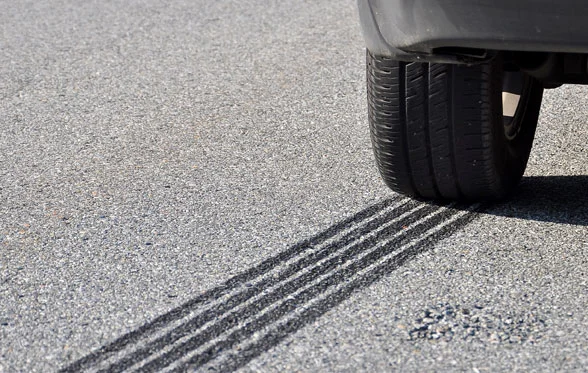On November 29, 2012, NHTSA published a Withdrawal of Rulemaking (Vol. 77, Number 230; Docket Number NHTSA-2008-0124) withdrawing a 2008 NPRM to rescind FMVSS 219 - Windshield Zone Intrusion. FMVSS 219 specifies that a vehicle's hood must not enter a defined zone in front of the vehicle's windshield during a full frontal crash test at 30 mph. The purpose of the standard is to reduce injuries and fatalities that result from occupant contact with vehicle components, such as the hood, that are displaced into the occupant compartment through the windshield opening or into the zone immediately forward of the windshield aperture during a frontal crash.
FMVSS 219 took effect on September 1, 1976 and applies to passenger cars, multipurpose passenger vehicles, trucks, and buses with a gross vehicle weight rating of 10,000 pounds or less, except for forward control vehicles, walk-in van-type vehicles, or open-body-type vehicles with fold-down or removable windshields. During normal review processes FMVSS 219 was identified as a standard that could possibly be removed as unnecessary. A 2008 NPRM tentatively concluded that the safety need that FMVSS 219 addresses was being met by FMVSS 208 - Occupant Crash Protection and FMVSS 113 - Hood Latch System. The NPRM cited the improvements made to FMVSS 208 over the years as well as the secondary latch position required by FMVSS 113.
NHTSA's analysis of FMVSS compliance and New Car Assessment Program (NCAP) tests indicated there had been no known incidents in which a crash tested vehicle failed to meet the performance requirements in FMVSS 219. Furthermore, in a preliminary analysis of crashes in the National Automotive Sampling System (NASS) Crashworthiness Data System (CDS), no hood intrusions into the areas prescribed by FMVSS No. 219 were found among full frontal crashes.
The consumer advocacy organizations and the insurance consortium did not support the NPRM, while a vehicle manufacturer organization generally supported the rescission. Comments received included:
- In coming years there will be an influx of new small cars from Europe and Asia, which will not necessarily be designed with consideration of FMVSS 219 if it is rescinded.
- Alternative fuel vehicles will incorporate unknown designs and features that, without the performance requirement and safety protection for occupants provided by FMVSS 219, may present safety threats that neither FMVSS 208 nor FMVSS 113 are equipped to prevent.
- NHTSA should confirm in the notice publishing the Final Rule the conclusion that the safety need addressed by FMVSS 219 is addressed sufficiently by the current versions of FMVSS 208 and FMVSS 113, leaving no room for State regulation.
Agency responses include:
- The Agency agrees that the U.S. vehicle fleet is in a period of change and may begin to see new entrants from foreign and domestic manufacturers.
- NHTSA believes that a period of change may be initiated by two specific influences on vehicle design:
- More stringent U.S. Corporate Average Fuel Economy (CAFE) standards.
- Global technical regulation (GTR 9) requiring changes in vehicle design aimed at minimizing injuries to pedestrians that are struck by automobiles.
- NHTSA clearly stated in the NPRM that any cost savings resulting from the rescission of FMVSS No. 219 would be so minimal that the savings cannot be calculated.
- The NPRM had stated the agency's tentative determination that if FMVSS No. 219 were rescinded, States would be free to regulate the aspect of motor vehicle performance that was regulated by the standard.
The Agency has concluded that now is not an appropriate time to rescind FMVSS 219. NHTSA will continue to monitor changes in the vehicle fleet that may occur as a result of these new design considerations and will continue its process of regularly reviewing the existing safety standards, which will include FMVSS 219.
